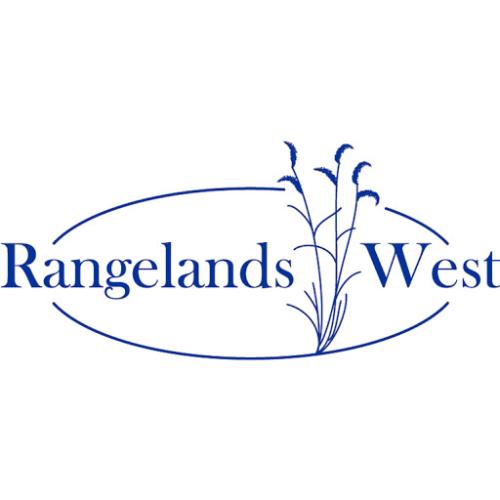Though basin wildrye is native to the western part of the Northern Great Plains plant growth region, it is more abundant in the valleys of the Northern Rocky Mountains plant growth region and the northern part of the intermountain area. It develops early in the spring, but stands are depleted by overgrazing or frequent cutting for hay. It is valuable for range seed-ings or adopted sites and for reclamation plantings, and it provides excel-lent cover for upland gamebirds.
Basin wildrye has been used for spring calving pastures. The tall growth left standing over winter gives good protection from inclement weather, and the early spring growth provides good quality forage.
Basin wildrye was an important plant in the natural revegetation of steep, badly-rilled, smelter-damaged land near Anaconda, Montana. (source introduction)

Articles, citations, reports, websites, and multimedia resources focused on rangeland ecology, management, restoration, and other issues on American rangelands.